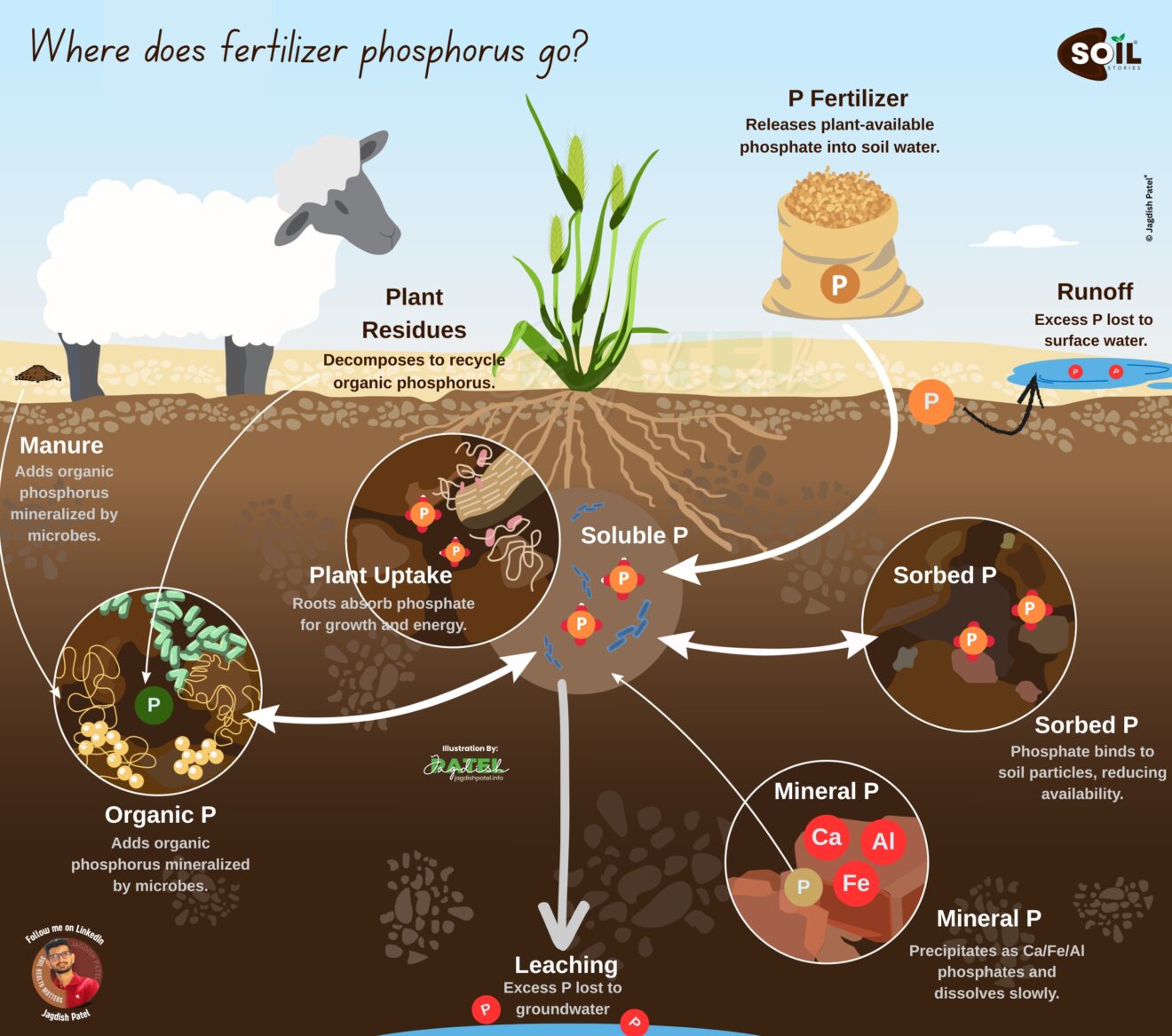We tend to panic when we see our beloved plants looking sickly (Sick Plants). Do we reach for the chemical spray, prune away the wilting leaves, or perhaps try a new fertilizer? While these actions might offer temporary relief, they often fail to address the root of the problem—the soil.
Think of it this way: a plant withering in poor soil is like a person struggling with a poor diet. You can treat the symptoms of fatigue and weakness, but true health comes from nourishing the body with wholesome food. Similarly, true plant health starts with nourishing the soil.

The Secrets Beneath the Surface
Beneath the surface of your garden lies a hidden world, a bustling metropolis of life unseen by the naked eye. This intricate network, known as the soil food web, is a complex community of bacteria, fungi, nematodes, earthworms, and countless other organisms. Each plays a vital role in maintaining the delicate balance of this underground ecosystem.
Bacteria, the microscopic workhorses of the soil, decompose organic matter, releasing nutrients for plant uptake. Fungi, with their thread-like hyphae, form intricate networks that improve soil structure and help plants access water and nutrients from afar. Nematodes, tiny worm-like creatures, control populations of harmful organisms and contribute to nutrient cycling. And earthworms, the tireless tillers of the soil, aerate the earth and enrich it with their castings.
When this delicate ecosystem is disrupted – by overuse of chemicals, compaction from foot traffic or heavy machinery, or lack of organic matter – the consequences are far-reaching. Plants become stressed, their growth stunted, and their defenses weakened, leaving them vulnerable to pests, diseases, and environmental stressors.
A Holistic Approach to Plant Care
Instead of simply treating the symptoms of sick plants with quick fixes, we need to shift our perspective and adopt a more holistic approach. We need to nurture the soil, the very foundation of plant health.
Building a Thriving Soil Ecosystem:
- Feed the Soil: Just as we nourish our bodies with wholesome food, we need to feed the soil with organic matter. Compost, leaf mold, cover crops – these are the ingredients that fuel the soil food web, providing essential nutrients and improving soil structure.
- Embrace Diversity: Monoculture, the practice of growing only one type of plant, can deplete the soil and reduce biodiversity. By growing a variety of plants, we create a more balanced ecosystem, supporting a wider range of soil organisms and enhancing the resilience of our gardens.
- Minimize Disturbance: Tilling, while sometimes necessary, can disrupt the delicate structure of the soil and harm beneficial organisms. By minimizing soil disturbance, we allow the soil food web to flourish, creating a more stable and productive environment for our plants.
- Go Natural: Synthetic fertilizers and pesticides can have detrimental effects on soil health, killing beneficial organisms and disrupting the natural balance. Opt for organic alternatives, such as compost teas and natural pest control methods, to protect the soil ecosystem and promote long-term plant health.
Reaping the Rewards of Healthy Soil
The benefits of investing in soil health extend far beyond individual plants. By nurturing the soil, we create a ripple effect that positively impacts our gardens, our communities, and our planet.
- Resilient Gardens: Healthy soil leads to healthier, more resilient plants that are better equipped to withstand pests, diseases, and environmental stress. This reduces the need for chemical interventions and creates a more sustainable and self-sufficient garden.
- Abundant Harvests: Improved nutrient availability and water retention in healthy soil translate to increased yields and more productive gardens. We can grow more food with fewer resources, contributing to food security and reducing our reliance on industrial agriculture.
- Environmental Stewardship: By reducing our dependence on chemical inputs and promoting biodiversity, we contribute to a healthier environment. Healthy soil acts as a carbon sink, sequestering carbon dioxide from the atmosphere and mitigating climate change.
By shifting our focus from treating symptoms to nurturing the soil, we embrace a more sustainable and holistic approach to plant care. We become active participants in the cycle of life, fostering a thriving ecosystem that benefits not only our plants but also the planet as a whole. So, let’s dig deeper, understand the needs of our soil, and nurture the incredible world that lies beneath our feet. Our plants, our communities, and our planet will thank us for it! Check out more articles by visiting My Profile.
References:
- Lowenfels, J., & Lewis, W. (2019). Teaming with Microbes: The Organic Gardener’s Guide to the Soil Food Web (Revised Edition). Timber Press.
- Ingham, E. (2011). The Soil Food Web Manual: A Guide to Improving Soil Health and Plant Growth. Soil Foodweb Inc.
- Wallenstein, M. (2017). The Science of Good Food: The Ultimate Reference on How Cooking Works. Cook’s Illustrated.
- Rodale Institute. (n.d.). Regenerative Organic Agriculture and Climate Change.




